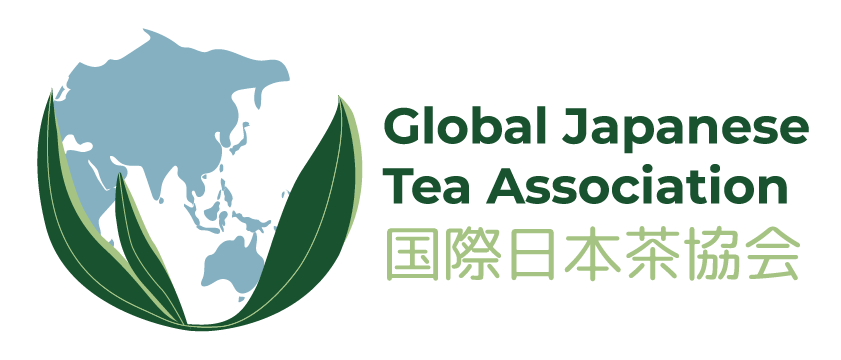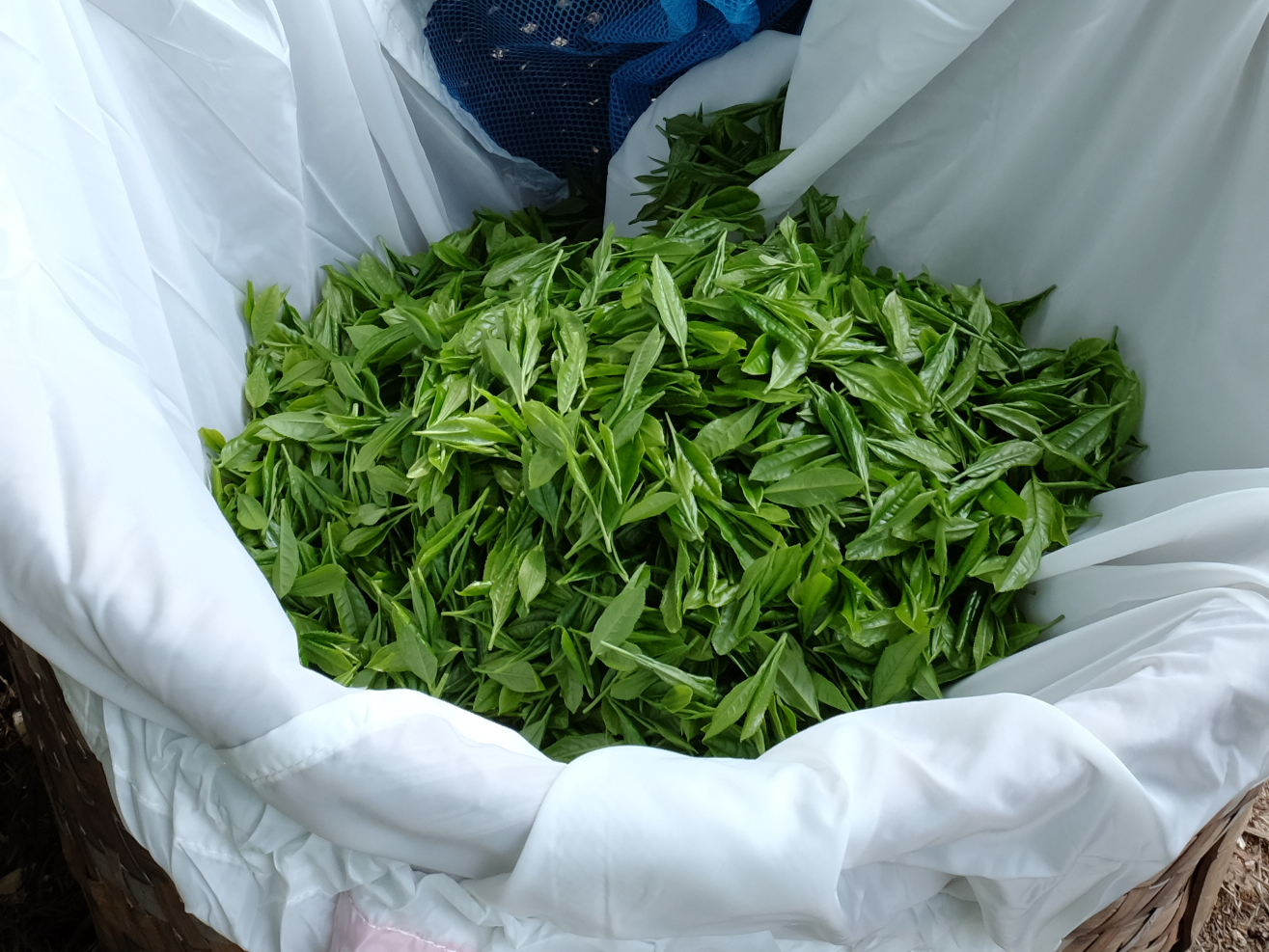Many have heard this word, but what does it mean? It seems there is quite a bit of confusion around it.
In general shincha is not a tea category (like sencha, gyokuro, matcha, etc.), but a tea decription. Translated from Japanese shincha (新茶) literally means ‘new tea’. Following this it seems it could refer to any new tea. Usually, however, it is used to describe tea harvested and processed in spring season. The timing of the spring harvest will differ depending on the tea region. Some regions in Japan may be able to offer shincha as early as April. Other regions, especially those deeper in the mountains and at a higher altitude, will generally have to wait until the beginning of May.
And shincha actually is not just any tea. It is quite unusual to hear the word shincha when talking about gyokuro or matcha. Most often it is used to describe sencha and its variations (fukamushicha, kabusecha, etc.). This is because traditionally gyokuro and matcha would be left to rest and mellow for about half a year after processing. Sencha on the other hand, has been appreciated for its fresh green aroma and taste. That is why normally sencha as shincha is packaged and sold right after it is produced, without putting it into cold long-term storage.
It is not completely clear for how long the term shincha can be used, but usually that will be for 1-2 months after the tea has been produced. After that the tea will simply be called sencha again. Be sure to try some shincha before the time passes.

